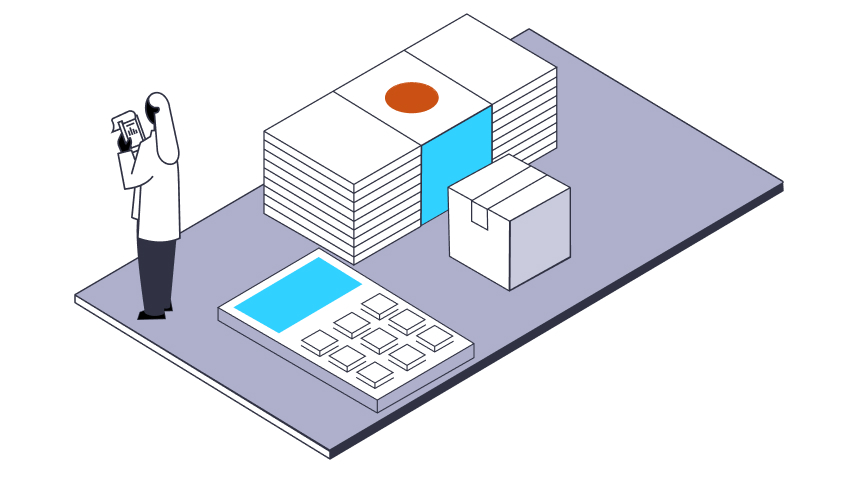Savvy consumers and promotional elasticity
In the previous year, consumer savviness and price awareness has been seen in regular and true-shelf price increases for some key essentials and indulgence products. In the Middle East and Africa, more than half of shoppers perceived prices to be higher. This trend is owed partly to the promotional landscape, as NielsenIQ registered less promotional availability in most markets.
In examining the promotions, NielsenIQ has identified restrictions on daily living items have persisted, as the prolonged promotional pressure became significantly lower in markets across Eastern Europe, the Middle East, and Africa as manufacturers eased on the depth of the offers.
Has promotional elasticity increased?
Promotional elasticity remains high, similar to the price elasticities in the aforementioned regions. Due to fewer shopping trips, out-of-stock incidents, reprioritized needs, and constrained budgets, promotional elasticities during “pre-Covid” markets versus “new stable” markets slightly declined or remained stable across most markets.
Based on this data, it would appear to be a myth that promotional price elasticities are increasing as consumers want to save more.




